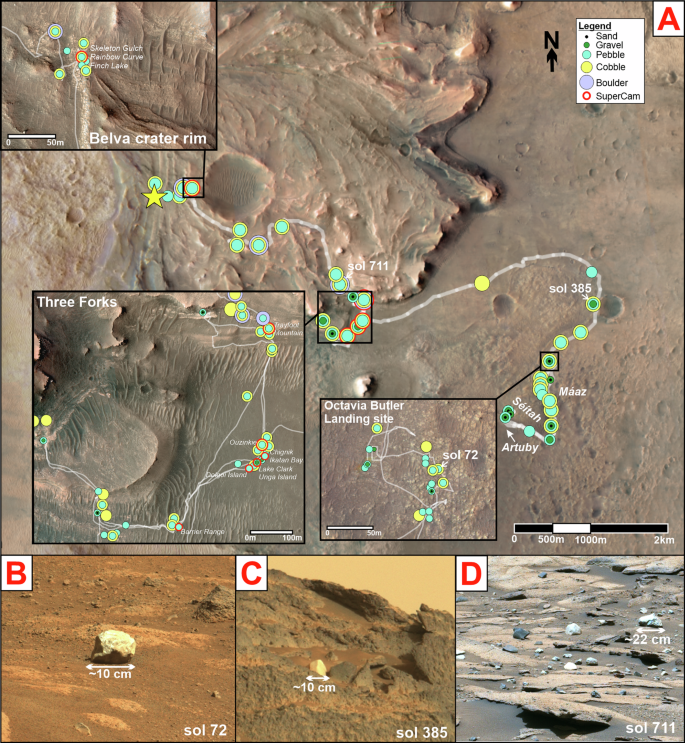2025-02-27 中国科学院(CAS)
<関連情報>
- https://english.cas.cn/newsroom/research_news/earth/202502/t20250228_902745.shtml
- https://www.mdpi.com/2076-2607/13/3/494
養殖廃水処理のための多段式表面流構築湿地の性能と表層バイオフィルム形成の変化 The Performance of a Multi-Stage Surface Flow Constructed Wetland for the Treatment of Aquaculture Wastewater and Changes in Epiphytic Biofilm Formation
Chuanxin Chao,Shen Gong and Yonghong Xie
Microorganisms Published: 22 February 2025
DOI:https://doi.org/10.3390/microorganisms13030494

Abstract
Constructed wetlands play a critical role in mitigating aquaculture wastewater pollution. However, the comprehensive treatment performance of aquatic plants and microorganisms under various water treatment processes remains insufficiently understood. Here, a multi-stage surface flow constructed wetland (SFCW) comprising four different aquatic plant species, along with aeration and biofiltration membrane technologies, was investigated to explore the combined effects of aquatic plants and epiphytic biofilms on wastewater removal efficiency across different vegetation periods and treatment processes. The results demonstrated that the total removal efficiency consistently exceeded 60% in both vegetation periods, effectively intercepting a range of pollutants present in aquaculture wastewater. Changes in the vegetation period influenced the performance of the SFCW, with the system’s ability to treat total nitrogen becoming more stable over time. The removal efficiency of the treatment pond planted with submerged plants was highest in July, while the pond planted with emergent plants showed an increased removal rate in November. The aeration pond played a significant role in enhancing dissolved oxygen levels, thereby improving phosphorus removal in July and nitrogen removal in November. Additionally, the α-diversity of epiphytic bacteria in the aeration and biofiltration ponds was significantly higher compared to other ponds. In terms of bacterial composition, the abundance of Firmicutes was notably higher in July, whereas Nitrospirota and Acidobacteriota exhibited a significant increase in November. Furthermore, the functional genes associated with sulfur metabolism, nitrogen fixation, and oxidative phosphorylation displayed significant temporal variations in the aeration pond, highlighting that both growth period changes and treatment processes influence the expression of functional genes within biofilms. Our findings suggest that the integration of water treatment processes in SFCWs enhances the synergistic effects between aquatic plants and microorganisms, helping to mitigate the adverse impacts of vegetation period changes and ensuring stable and efficient wastewater treatment performance.



